#Françoise Athénaïs de Rochechouart de Montespan
Explore tagged Tumblr posts
Text
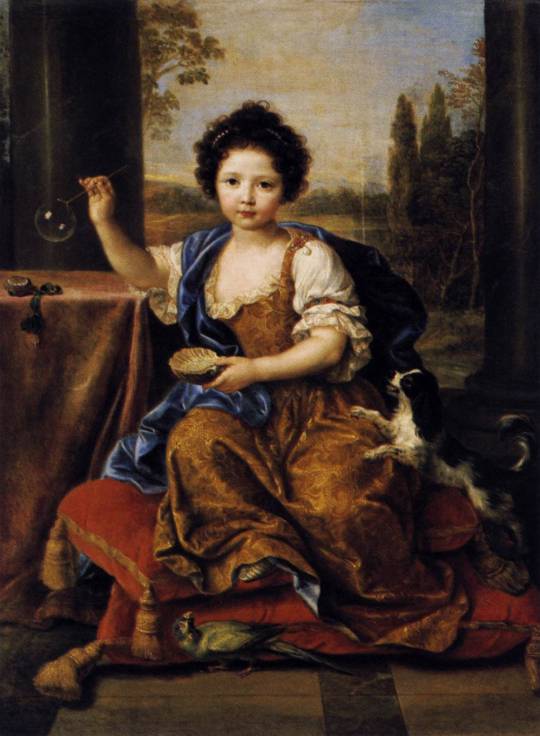
"Louise-Marie de Bourbon, dite Mademoiselle de Tours; La fillette aux bulles de savon"
By Pierre Mignard
Oil Painting, 1681.
Château de Versailles.



PORTRAIT SUBJECT
La fillette aux bulles de savon, or the commonly found English title, Girl Blowing Soap Bubbles, is a portrait of innocence during the Franco-Dutch War.
The child shown is Louise-Marie de Bourbon, the daughter of the Sun King, Louis XIV, and his Maîtresse-en-titre, Françoise-Athénaïs de Rochechouart (Madame de Montespan). I'm sorry, I don't know why they popped off with the names like that when they're planning to reuse Marie and Louis fifty times over ptdr. Louise-Marie, affectionately known as Toutou, was an illegitimate birth (1674), later legitimized by her father when she was around two years old. She held the title of Mademoiselle de Tours from then until her untimely death in 1681.
According to sources, Mignard's painting of the six-year-old girl was finished posthumously. But, her innocence is held delicately, frozen in time on canvas.

THEMES OF CHILDHOOD INNOCENCE (TL;DR: YAPANESE)
Mignard's choice to paint Louise-Marie as an actual child was uncommon for the time (even centuries later, believe it or not; maybe not so good examples, but for argument-sake: Louis XV by Hyacinthe Rigaud, Mariana Victoria of Spain by Nicolas de Largillierre, Phillip II, Duke of Orléans, Reagent of France by Largillierre, and Élisabeth Charlotte d'Orléans, "Mademoiselle de Chartres" by Largillierre -- apologies for throwing you strays, man, I'm trying to finish writing this and your children portraits were on the same website next to each other x), as young royalty are painted either as babies (unbreeched/baptize gown) or as tiny adults (fixed in uncomfortable poses and wearing clothes a monarch would), no in between. Here, Louise-Marie is playing with bubbles, her dog jumping towards it, and she looks carefree, still with chubby cheeks of rose. It doesn't help much that children were seen as heirs to the family fortune, especially during a time when parents had multiple kids due to illness (premature death) and bringing in income (need I explain more... *cough cough* coal mines... a bit anachronistic, sorry breaker boys, some other time we'll discuss y'all).
A painting such as this one, showing a realistic human experience from a royal status and that of a child BEING a child, innocence still intact, is quite important, even in today's form. We take childhood for granted, and kids are forced to grow up despite having more rights now than before. It can be a portrait to remind us that innocence is vital (a lack of childhood is detrimental as the experience is needed in order to mature mentally and emotionally when entering the teen and adult stages of life), but also that we as humans weren't so different from back then (sure, you can claim we bathe more than they do despite your husband still not washing his ass, but my heavens, did the thought 'wait, they had bubbles back then' ever occur to you?).
Genuinely, I was going to pull a La Muse Verte (the post where I briefly explained the history of absinthe) and go into the history of bubbles... because you gotta admit, that'd be fun for the both of us. However, delving into the background and theme of this painting became more heartbreaking for me. The bubble idea isn't gone, but it'll be postponed as a full history lesson post (and, yes, Mignard's painting of the immortalized Toutou will be recycled).

FURTHER READING (EXTRA SYMBOLISTIC DETAIL)
Plenty more symbolism is present, but I highly recommend you all check out L'Art en Tête's in-depth article on Mignard's beautiful portrait. I did regurgitate some of the author's points in this because I thought they were brilliant, and you can tell they have an art-history degree, so I'm begging you to go over there for more detail if interested!

#art#painting#oil painting#artwork#history#french#french art#17th century#1600s#1600s art#late 1600s#17th century art#baroque#Pierre Mignard#Château de Versailles#versailles#Royalty#French history#louis xiv#sun king#symbolism#louise-marie#mademoiselle#art history#house of bourbon#early modern period#kingdom of france
10 notes
·
View notes
Text



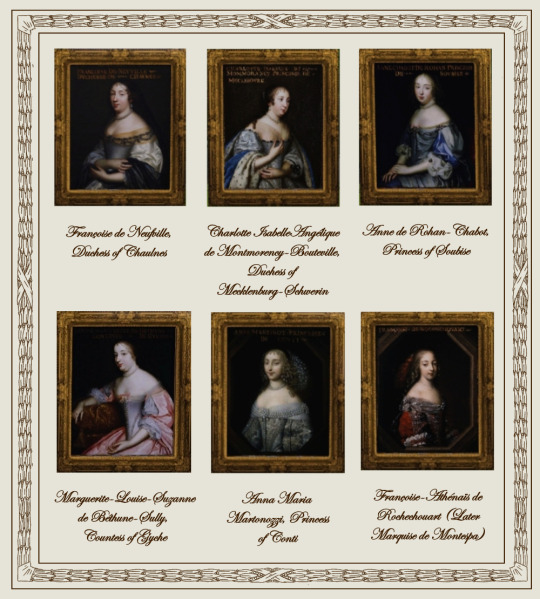


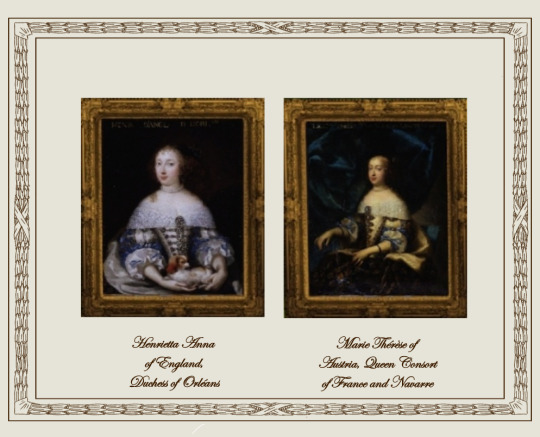
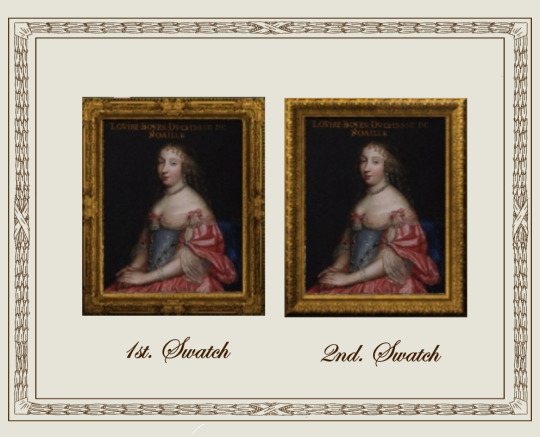
Louis XIV's Gallery of Beauties
A retexture by La Comtesse Zouboff — Original Mesh by @thejim07
This set of 20 portraits was comissioned by the king himself in the 1650s to Charles and Henri Beaubrun (except for a portrait of Henrietta Anna of England, Comissioned to Nicolas Mignard) The portraits comprises the queen, royal princesses and ladies of the court. They hanged at the king's appartments at Versailles. In the 1670s the paintings were progressively relegated to the king's minor residences, but in 1837, Louis-Philippe, King of the French turned Versailles into a museum and rejoined the paintings, in the Louis XIV Rooms, where they remain.
The set includes 20 portraits, with the original frame swatches, fully recolorable. The portraits are of:
Anne Genèvieve de Bourbon, Duchess d'Estouteville and Longueville
Françoise-Athénaïs de Rochechouart (later, Marquise de Montespan)
Anna Martonozzi, Princess of Conti
Anne Louise Boyer, Duchess of Noailles
Anne Marie Gonzaga, Countess Palatine
Anne de Rohan-Chabot, Princess de Soubise
Catherine Henriette d'Harcourt, Duchess d'Arpajon
Catherine de Neuville, Countess d'Armagnac
Charlotte Catherine de Gramont, Proncess of Monaco
Charlotte Isabelle Angélique de Montmorency-Bouteville, Duchess of Mecklenburg-Schwerin
Elizabeth of Orléans, Duchess of Guise and Joÿeuse
Françoise Madeleine d'Orléans (née de Valois) Duchess of Savoy
Françoise Mignot, Mareschalle of l'Hospital
Françoise de Neufville, Duchess of Chaulnes
Gabrielle-Louise de Saint-Simon, Duchess of Brissac
Henrietta Anna of England, Duchess of Orléans
Madeleine-Charlotte d'Albert-d'Ailly, Duchess of Foix
Marguerite Louise d'Orléans, Grand Duchess of Tuscany
Marguerite-Louise-Suzanne de Béthune-Sully, Countess of Gyche
Marie Thérèse of Austria, Queen Consort of France and Navarre
Found under Decor > Paintings for 940 §
Retextured from the "portrait of Anne Marie Louise d'Orléans", found here
Table, torcheres and floor by @thejim07
Rest of the decor by @joojconverts
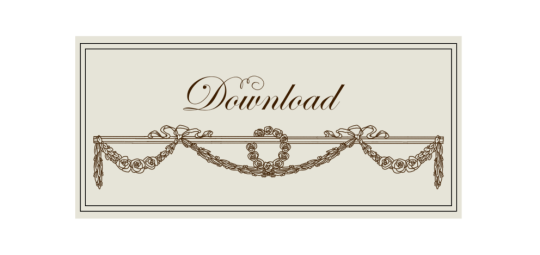
Drive
(Sims3pack | package)
(Useful tags)
@joojconverts @ts3history @ts3historicalccfinds @deniisu-sims @katsujiiccfinds
-------------------------------------------------------
#the sims 3#ts3#sims 3 cc#portrait#s3cc#sims 3#sims 3 download#sims 3 cc finds#palace of versailles#sims 3 decor#wall decor
43 notes
·
View notes
Text

Louis Ferdinand Elle the Younger, 1648-1717
Portrait of a woman as Iris (maybe Françoise-Athénaïs de Rochechouart, marquise de Montespan, 1640-1707), n/d, oil on panel, 37x29 cm
Museum of the History of France (Palace of Versailles) Inv. LP3491
5 notes
·
View notes
Note
What was Diantha's first movie role?

Shit, let her Google that quickly...
"Ah! It was Françoise Athénaïs de Rochechouart de Mortemart or Athénaïs de Montespan- Marquise de Montespan- one of Louie the fourteenth's mistresses. I was about twenty?"
"I was lucky to get that role. I was one of thousands auditioning..."
1 note
·
View note
Text
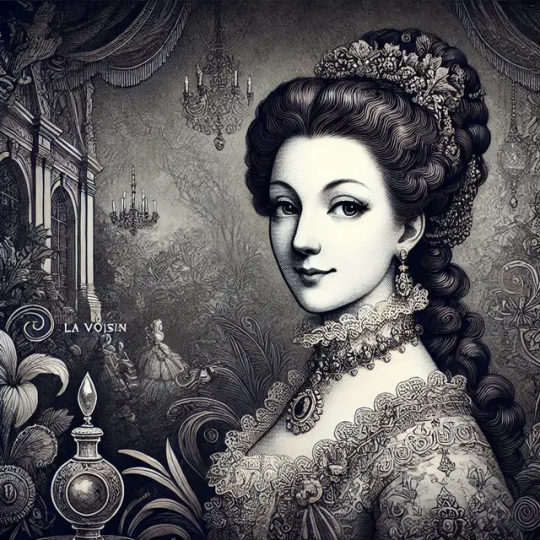
Madame de Montespan: La Favorita del Rey Sol y el Escándalo del Asunto de los Venenos
Françoise Athénaïs de Rochechouart de Mortemart, conocida como Madame de Montespan, fue una de las amantes más famosas del rey Luis XIV de Francia. Nacida en 1640, se convirtió en una figura influyente en la corte francesa, conocida por su belleza, ingenio y ambición.
Ascenso en la Corte
Madame de Montespan ingresó en la corte como dama de honor de la reina María Teresa, pero rápidamente atrajo la atención del rey Luis XIV. En 1667, se convirtió en su amante oficial, una posición que mantuvo durante más de una década. Durante este tiempo, dio a luz a varios hijos del rey, que fueron reconocidos y legitimados.
Influencia y Poder
Montespan no solo fue una figura decorativa en la corte; utilizó su posición para ejercer una considerable influencia política. Patrocinó las artes y la cultura, y su salón se convirtió en un centro de actividad intelectual. Sin embargo, su ambición también le ganó muchos enemigos.
El Asunto de los Venenos
En la década de 1670, el escándalo del Asunto de los Venenos sacudió la corte francesa. Se reveló que muchas personas de la alta sociedad, incluida Madame de Montespan, habían recurrido a los servicios de envenenadores y practicantes de magia negra para eliminar rivales y asegurar su posición. Montespan fue acusada de haber participado en misas negras y de haber intentado envenenar al rey. Aunque nunca fue juzgada formalmente, la sombra del escándalo la persiguió por el resto de su vida.
Declive y Retiro
Con el tiempo, el rey se distanció de Montespan, y su influencia en la corte disminuyó. Pasó sus últimos años en relativa reclusión, dedicándose a la caridad y la religión. Falleció en 1707.
Legado
Madame de Montespan sigue siendo una figura fascinante de la historia francesa, recordada tanto por su papel en la brillantez de la corte de Luis XIV como por el oscuro escándalo que marcó su vida.
#Historia #MadameDeMontespan #LuisXIV #AsuntoDeLosVenenos
0 notes
Photo
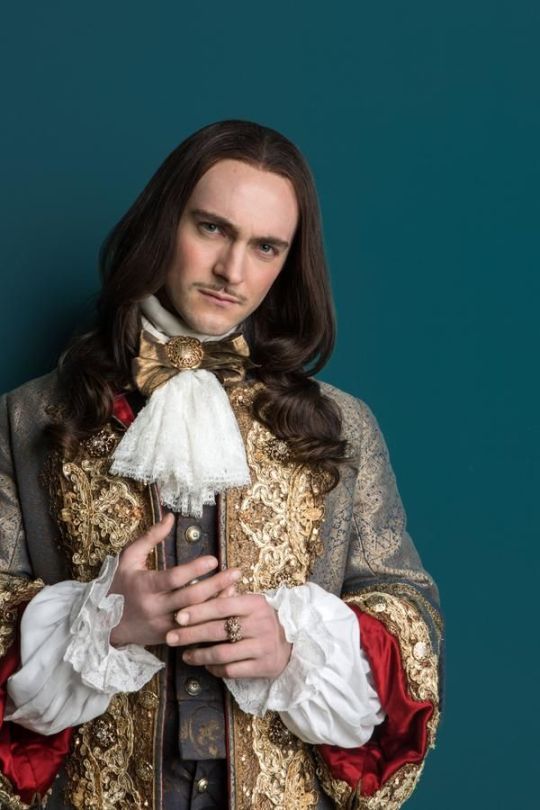
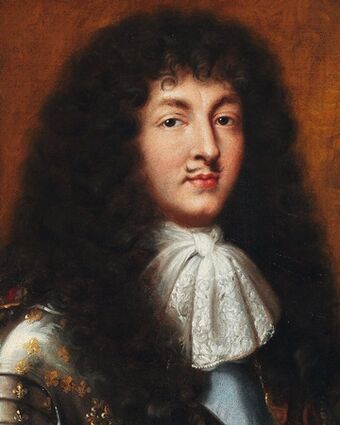
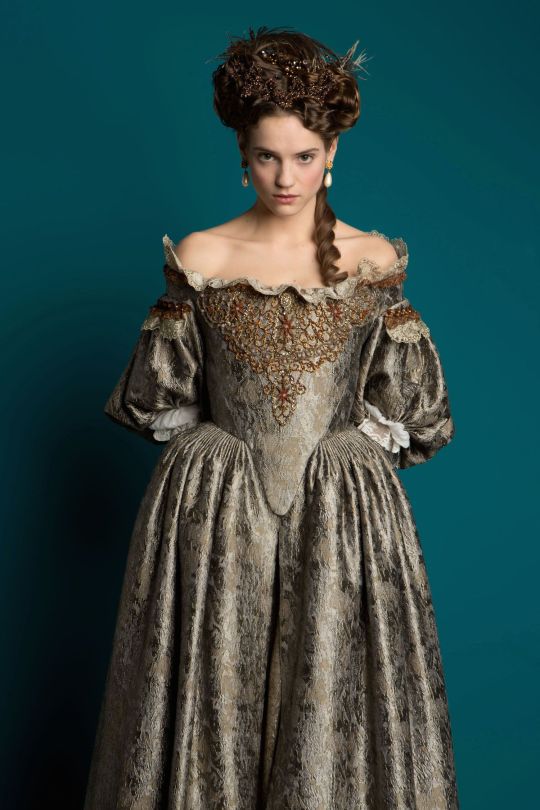
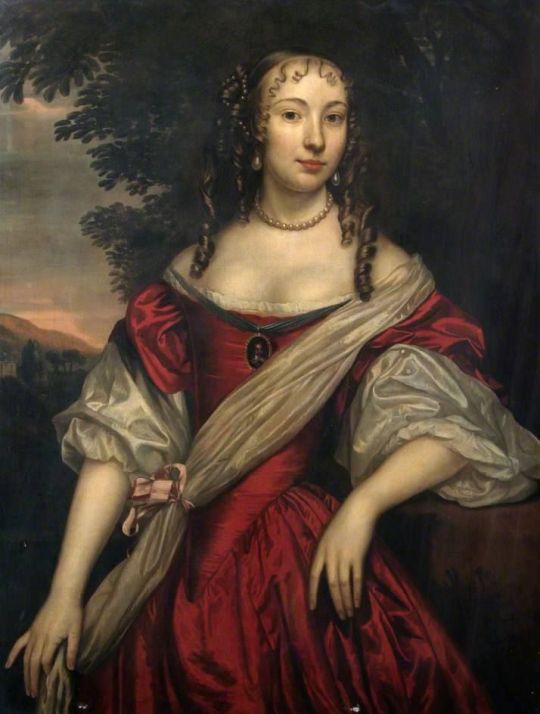
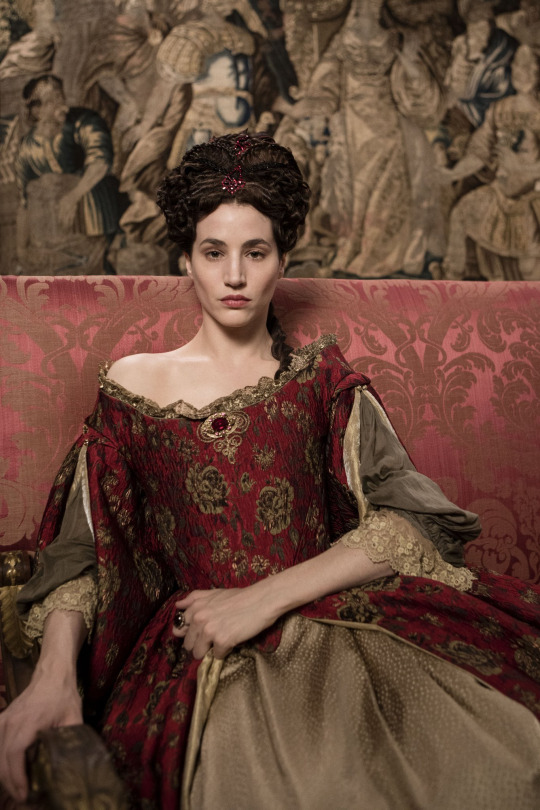
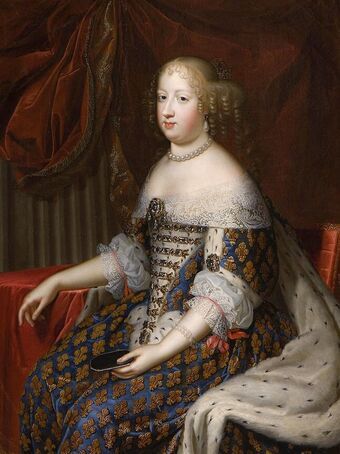
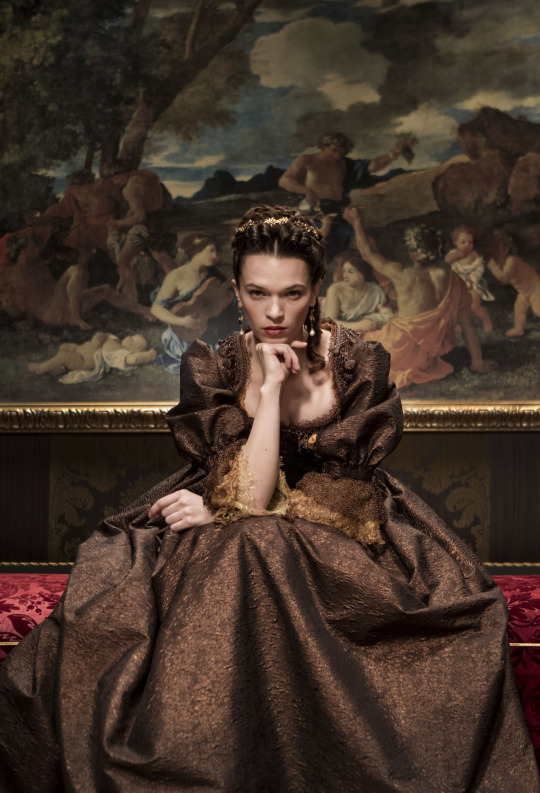
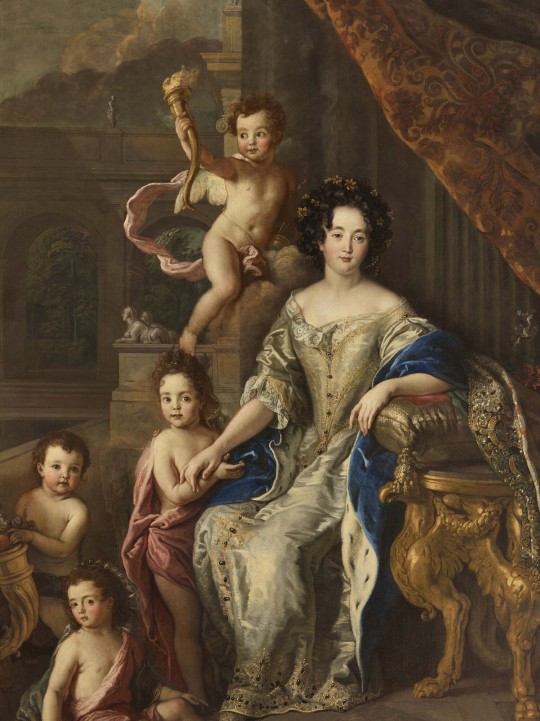
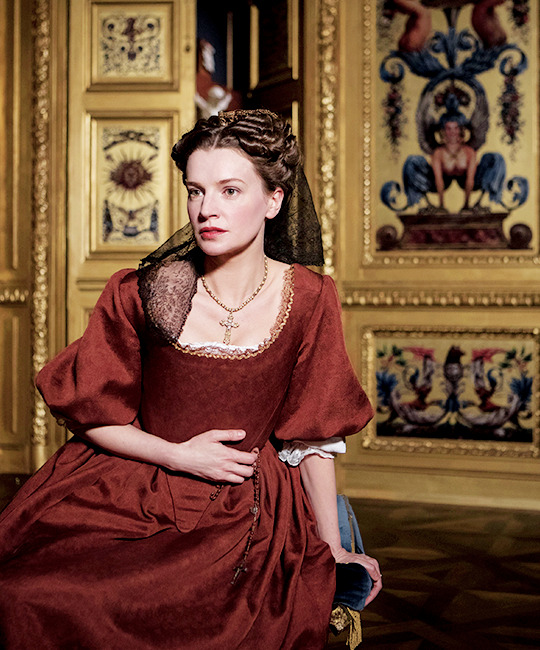
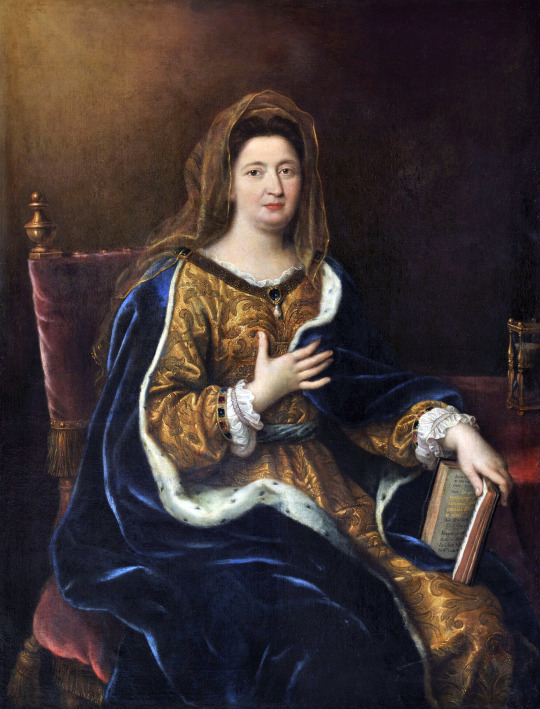
Versailles characters vs real life paintings (1 of 3)
Louis XIV, le Roi-Soleil Henrietta of England, Minette Marie Thérèse d'Autriche Françoise-Athénaïs de Rochechouart, Marquise de Montespan Françoise d'Aubigné, Madame de Maintenon
#versailles#louis xiv#king Louis xiv#sun king#roi soleil#henrietta of england#george blagden#noemie schmidt#Marie Thérèse d'Autriche#Marie therese d'autriche#elisa lasowski#Françoise-Athénaïs de Rochechouart#Marquise de Montespan#montespan#Françoise d'Aubigné#Madame de Maintenon#maintenon#anna brewster#Catherine walker#minette#versailles paintings#mine#versailles netflix
39 notes
·
View notes
Text
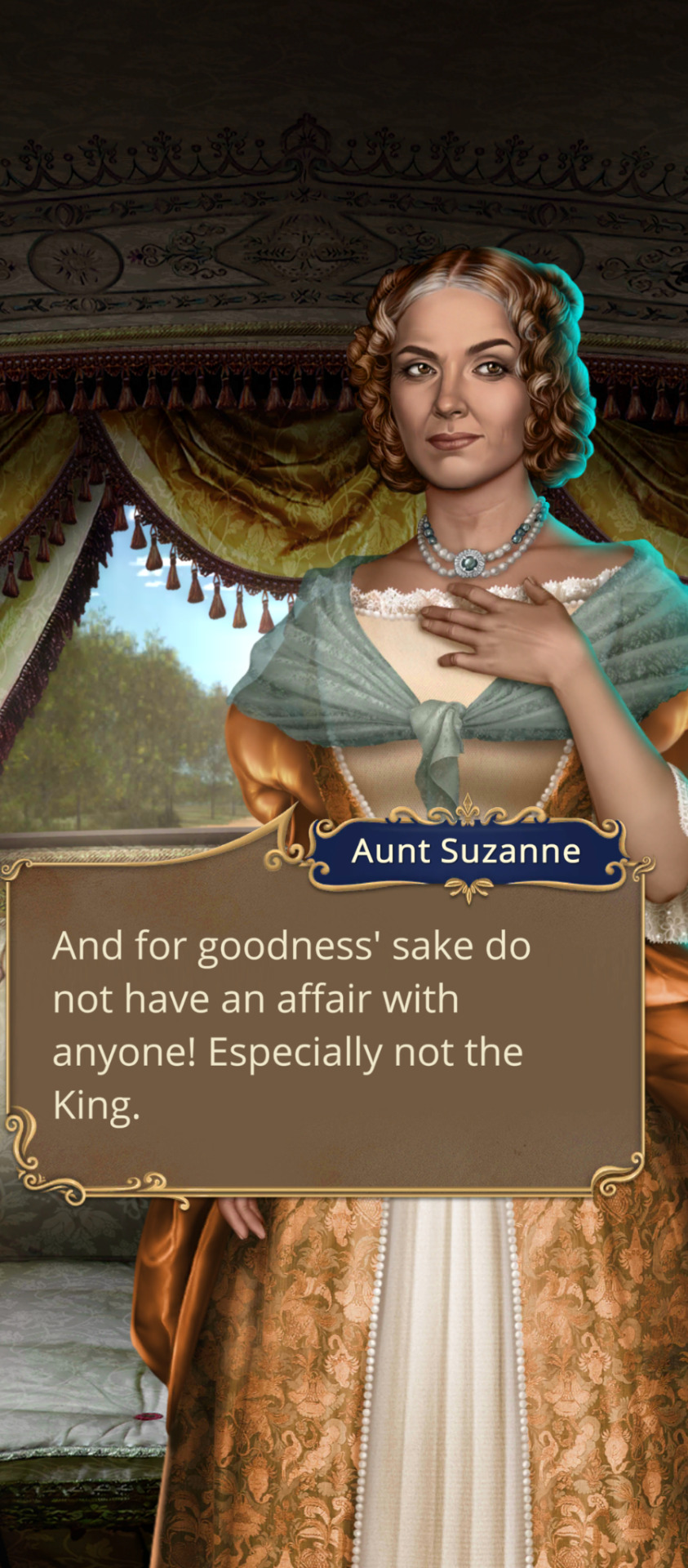
I meant to post about only the first chapter yesterday, but I completely forgot about some other things! So, let's continue, starting with my favorite part.
First off, you can't tell me what to do, auntie! I absolutely will have an affair with the King!
Y'know, if the game allows me to.
No, but seriously, the position of maîtresse-en-titre—chief royal mistress—was a pretty big deal! For better or worse, many would hold significant power at court. This is literally the only reason why I wish to romance Louis and also to see how far I can take it, at least for this first playthrough.
Although, if it's still accurate, I'll probably have to get married first anyway.
With the Sun King specifically, his mistresses were the following: Louise Françoise de la Baume le Blanc de la Vallière (1644–1710), duchesse de la Vallière and duchesse de Vaujours
Françoise-Athénaïs de Rochechouart de Mortemart, marquise de Montespan (1640–1707)
Françoise d'Aubigné, marquise de Maintenon (1635–1719), married the King in 1683 Apparently the Sun King had a thing for Françoises.
Isabelle de Ludres (1687–1722)
Marie Angélique de Scoraille de Roussille (1661–1681), duchess of Fontanges
But perhaps two of the more well-known royal mistresses were actually associated with his successor, Louis XV the Well-Beloved: Madame de Pompadour and Madame du Barry. Pompadour held plenty of influence in court, having been an advisor to Louis XV and a patron and participant of the arts, including philosophy. She even has a hairstyle named after her.
Du Barry, by contrast, is perhaps one of the most infamous mistresses. Unpopular at court due to her initially low standing in society, she essentially faked her way into becoming a maîtresse-en-titre with Louis XV's help and preferred to live extravagantly rather than get involved in politics, unlike her predecessor, the late Pompadour. And it was this exact extravagance as well as Louis' infatuation with her that would ultimately help lead to the monarchy's downfall.
Otherwise known the Diamond Necklace Affair:
youtube
19 notes
·
View notes
Photo
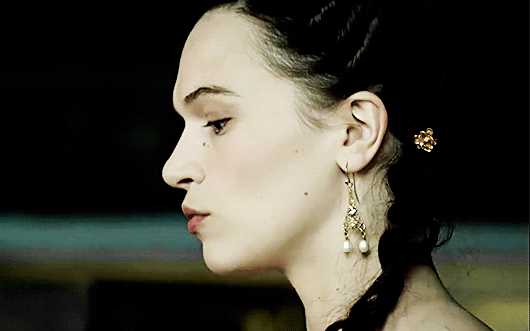
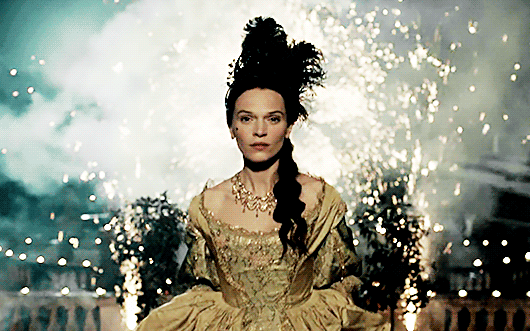
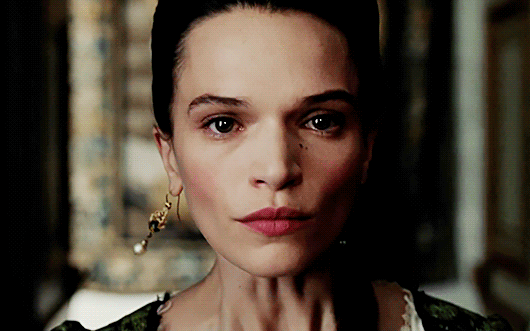
Françoise-Athénaïs de Rochechouart de Mortemart, Marquise of Montespan (5 October 1640 – 27 May 1707), better known as Madame de Montespan , was the most celebrated maîtresse-en-titre of King Louis XIV of France, by whom she had seven children. Born into one of the oldest noble families of France, the House of Rochechouart, Madame de Montespan was called by some the "true Queen of France"' during her romantic relationship with Louis XIV due to the pervasiveness of her influence at court during that time. Her so-called "reign" lasted from around 1667, when she first danced with Louis XIV at a ball hosted by the king's younger brother, Philippe I, Duke of Orléans, at the Louvre Palace, until her alleged involvement in the notorious Affaire des Poisons in the late 1670s to 1680s.
In 1691, no longer in royal favour, Madame de Montespan retired to the Filles de Saint-Joseph convent, in the rue Saint-Dominique in Paris, with a pension of half a million francs. In gratitude for her departure, the king made her father the governor of Paris and her brother, the duc de Vivonne, a marshal of France. In her long retirement, Madame de Montespan donated vast sums to hospitals and charities. She was also a generous patron of the arts and letters, and befriended Corneille, Racine and La Fontaine. The last years of Madame de Montespan's life were given up to a very severe penance. Real sorrow over her death was felt by her three youngest children. She died on 27 May 1707 at the age of almost sixty-seven while taking the waters at Bourbon-l'Archambault in order to try to heal an illness. The king forbade her children to wear mourning for her.
#our edits#perioddramaedit#periodedit#history edit#madame de montespan#by fish#french history#17th century#18th century
267 notes
·
View notes
Text
[[OC Character Profile ]]
Theme:
1600s-1700s: Medieval/ Fantasy
Full name:
Louis Auguste, Duke of Maine
Nickname(s):
•Auguste
•Duke
•King
•Prince
Sex/Pronouns:
Male
Birthdate:
March 31, 1670
Age: 22 year old
Powers: None
Skills:
•Fighting
•Sword Fighting
•General Knowledge
•Speaks English and French
[[ About ]]
Personality:
•Romantic
•Lovingly
•Loyal
•Caring
•Charming
•Flirty
•Knowledge
•Courageous
•Daring
•Charismatic
•Attractive
•Dramatic
•Faithful
•Freethinking
•Herioc
Likes:
•Nature
•Moon light
•Tea
•French biscuits
•Alcoholic beverages
•Fancy things
Dislikes:
•Asswholes
•Jerks
•Wars
•Emeries
Background:
Occupation: Duke of Maine
Fears:
•Losing love ones
•The kingdom falling in Ruins
Sexual Orientation: Bisexual
Species: Human
Faceclaim:
•Timothée Chalamet
[[ Relations ]]
Father: Louis XIV of France
Mother: Françoise-Athénaïs de Rochechouart, Marquise de Montespan
Siblings: Louis, Grand Dauphin, Louise de Maisonblanche, Françoise Marie de Bourbon
Significant Other(s):
Multiships
[[ Biography ]]
Louis-Auguste de Bourbon was born at the Château de Saint-Germain-en-Laye on 31 March 1670. He was named Louis after his father[2] and Auguste after the Roman Emperor Augustus. Immediately after his birth, Louis-Auguste was placed in the care of one of his mother's acquaintances, the widowed Madame Scarron, who took him to live in a house on rue de Vaugirard, near the Luxembourg Palace in Paris. His siblings, Louis-César, Louise-Françoise and Louise Marie Anne de Bourbon were also brought there after their births. Their mother, living with the king at Versailles, rarely saw her children, and Madame Scarron took the place of mother in Louis-Auguste's affections.
One of his legs was shorter than the other and Scarron took him to consult, first, a famous quack at Antwerp and later to the waters of Bareges, a small town near the Pyrenees, whither they traveled incognito (she as the marquise de Surgeres). On 19 December 1673, when Louis-Auguste was three years old, Louis XIV legitimised his children by Montespan by letters patent registered by the Parlement de Paris. At this time, Louis-Auguste received the title of duc du Maine. In 1674, at the age of four, Louis-Auguste and his siblings were officially introduced to the court at Versailles. In the same year, he was made a colonel-general of the Swiss Guards. Du Maine's greatest enemy at court became his father's sister-in-law, the duchesse d'Orléans, known at court as Madame.
In her famous correspondence describing life at Versailles, Madame claimed that du Maine was not the son of the king Louis XIV showered him with gifts and titles, and hired the best tutors for him. The maréchal du Luxembourg, a famous military strategist, was put in charge of the child's military training. Despite this, Louis-Auguste never became more than a mediocre soldier. He was made Grand Maître de France. The king also blackmailed his cousin, the wealthy La Grande Mademoiselle, into ceding some of her estates to du Maine in return for the liberation of her imprisoned lover, Antoine Nompar de Caumont, Duke of Lauzun. As a result, Louis-Auguste became the comte d'Eu, sovereign Prince of the Dombes, and duc d'Aumale. He also received the governorship of Languedoc and was awarded the Order of the Holy Spirit.


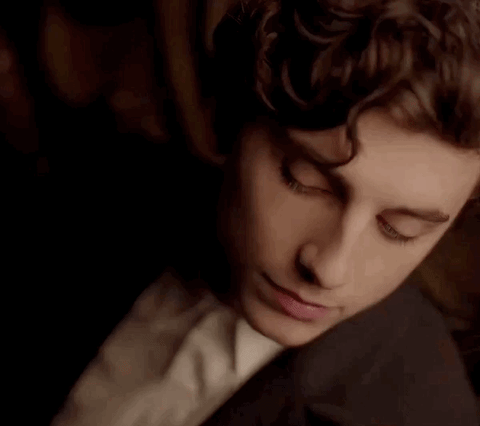





#oc tag#oc roleplay#oc rp#my ocs#france#timothée chalamet#king of france#king and prince#fantasy#lgbtpeople#gayguy#bisexaul#bxb roleplay#original roleplay#roleplay#romantic plot#drama rp
9 notes
·
View notes
Text
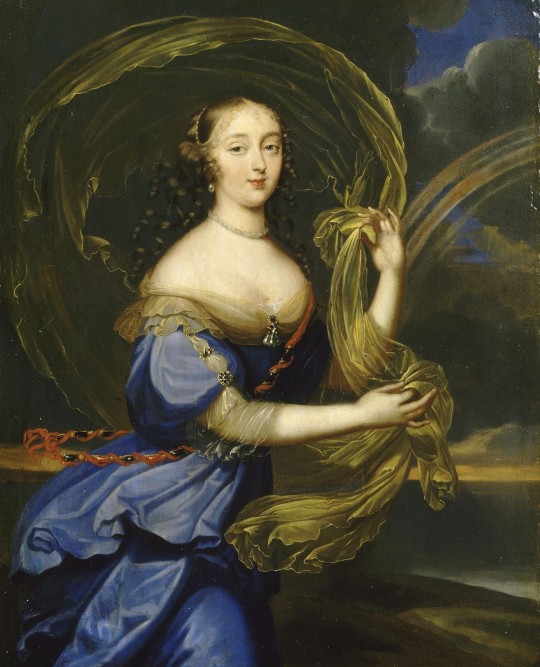
Name: Françoise-Athénaïs de Rochechouart, Marquise de Montespan ( On this blog: Cunt-face McFuckhead )
• She was pretty enough, good in court, witty & lively in a way others were not --- I guess, I can see how Louis could fall for this woman.
• Had 3 siblings, all of which possessed the Mortemarte wit.
• Got married after her first prospective husband had to hightail it Spain to avoid persecution after a duel. She ended up married to the Marquis de Montespan and had 2 children with him.
• Became the ‘ Reigning Beauty of the Court ‘. She was also well rounded culturally, was a great conversationalist, and became friends with many writers, artists, etc.
• She was courted by plenty of noteworthy suitors, but I hate her and refuse to elaborate because I have a duty to inform you all about her --- but I hate her stupid guts.
• Openly resented the Queen’s position as Matriarch of the Royal Family. ( Just fuckin’ spit in her face next time Athènaïs ... shit ! )
• Louise - Françoise reportedly laughed when de Montespan threatened to take her position. Either way, both Louise & the Queen were pregnant at the same time at a point & asked Athènaïs to entertain the King ... and entertain she did ... right into her bed.
• Apparently knew that the king was spying on her in the baths and dropped her towel so he could look at the goods unfettered. How accommodating , oui ?!
• Louis couldn’t choose between Louise or de Montespan and thus gave them connected rooms so he could visit either. This hurt Louise & she tried to leave the court the first time for a nunnery.
• Had seven children three of which survived childhood: Louis - Auguste, Louis - César & Louise - Françoise ... ( yeah - she named her daughter that and then made elder Louise look after her as a god mother. )
• In time, the pretty figure got away from her and Athènaïs got a little too large for Louis XIV’s liking. She was also reaching her sexual peak and his interest in her was waning. u
• They were forced apart by the Catholic Church after De Montespan was allowed to separate officially from her husband.
• In 1675, the priest Lécuyer refused to give her absolution, which was necessary for her to take Easter communion, a requisite for all Catholics ! ( We appreciate any opposition this bitch gets, okay ? )
• She and Louis resumed their affair for a fair bit longer and had two more children: Françoise Marie & Louis - Alexandre. All of she and the king’s living children were legitimized.
• Was suspected of poisoning Angelique, though that unfortunate snip of a girl died from natural causes. Was accused of taking part in a Black Mass & plotting to kill the King. This took place during the Affaires des Poisons. All charges were dropped because Athènaïs was found to be innocent.
• Retired to a convent after being exiled when she fell out of favor & died at 67. Her children weren’t allowed to publicly mourn her at all on orders of the King.
• She was a patron of the arts until the end of her life.
Heather’s Rating: 4 / 10. Look, the woman was interesting --- took risks and chances not often seen in this era ... but, she was also very mean and terrible when she was in a rage and took it out on everyone. Hated that her children preferred their governess, acted like a fool when she could upset the other and then she fell out of favor with the King to this other woman. Her greed and vanity were her down fall when they began to fade and nothing could save her from that.
3 notes
·
View notes
Photo

Pierre Mignard, 1612-1695
Portrait depicting Madame de Montespan dressed as the hunting Goddess Diana, n/d, oil on canvas, 130x95.5 cm
Private Collection
Françoise-Athénaïs de Rochechouart de Mortemart, Marquise of Montespan (1640-1707), better known as Madame de Montespan, was the most celebrated maîtresse-en-titre of King Louis XIV of France, by whom she had seven children.
17 notes
·
View notes
Text
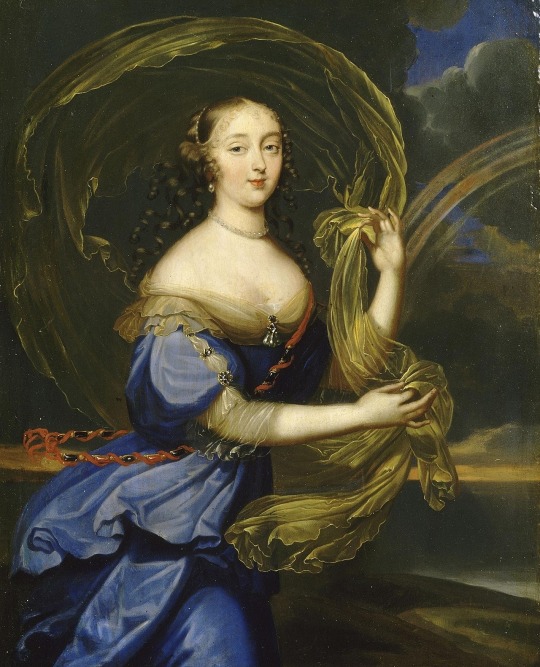
françoise athénaïs de rochechouart de mortemart, marquise of montespan
unidentified painter, c. 17th century
#art#aesthetic#fashion#baroque#rococo#europe#history#art history#painting#christianity#catholicism#monarchy#women in art#france#french#nature#landscape#interiors#portrait#art detail
101 notes
·
View notes
Photo
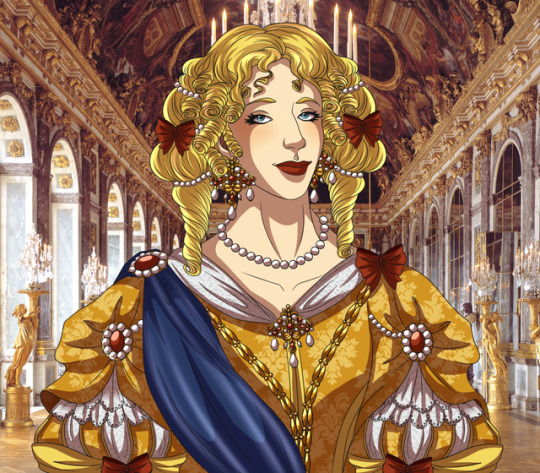
August 2019 - Françoise-Athénaïs de Rochechouart de Mortemart, Marquise de Montespan (because the actress in the tv show was the most improbable and ugly person I would have cast for playing her and I’m still mad about it...)
36 notes
·
View notes
Text
The Fragrant Glory of Françoise-Athénaïs de Rochechouart de Mortemart, Marquise de Montespan

Françoise-Athénaïs de Rochechouart de Mortemart, Marquise de Montespan, beloved mistress of Louis XIV
In a candlelit boudoir, hung with gold and silver lace and gilded fabrics, filled with flowers, towers of sparkling wine, a massive display of pink and gold croquembouches - here, a woman sits languidly, playing le hocca with her ladies, yet, absently, as if she were working on a stitching sampler instead of partaking in the most expensive and ruinous gambling game anyone had ever heard of. She knows the ladies have no fortune to risk upon the table, so the fun is dulled for her.
She thinks of her lover, the glorious king Louis XIV, whose dark eyes and black curls and martial prowess played with the hearts as well as the ambitions of all the court ladies. The simple, sweet Louise de la Vallière (the woman in question sniffs dismissively) could not hold him, and the woman turns her face to the mirror to triumphantly observe her own beauty, the beauty of the Rochechouarts and Mortemarts - as her sister Gabrielle de Thianges said to the king, really their own blood was more ancient than his!
Françoise-Athénaïs de Rochechouart de Mortemart, Marquise de Montespan, examines her wealth of curling blonde hair, arranged in the hurluberlu style of curls around the face that she adored, as she adored the silk déshabillé robes she wore with Louis - anything that reminded him of his passion was bound to be his preference. She admires, for a moment, the rosy mouth in no need of rouge, the porcelain skin, and shockingly white teeth (for the time, after all). Satisfied, she reaches for her most beloved bottle of perfume - would a woman who inspired ballets, operas, a dress of pure gold from an aspiring courtier, neglect her own scent? Impossible.
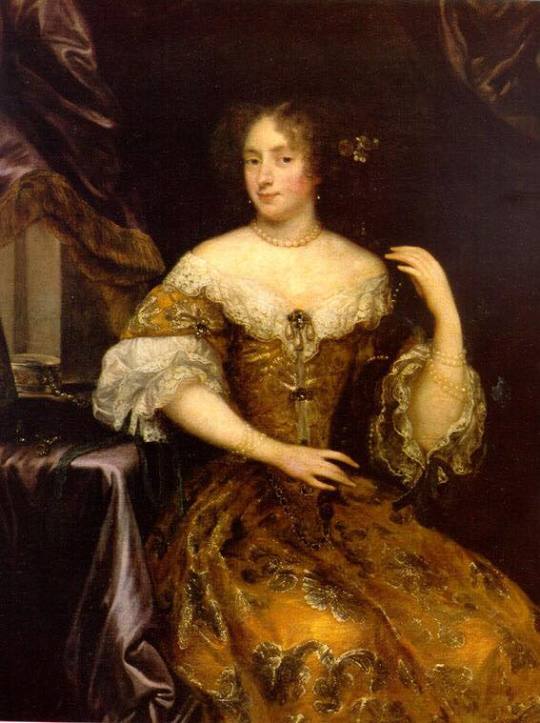
The Marquise de Montespan
From a finely cut crystal bottle, she raises the dabber delicately, and applies a scent of orange blossom (the Sun King’s favorite), tuberose (her own favorite), jasmine, spices...she smirks as she remembers Françoise Scarron, that woman born in a prison, in the Indies, no less, who constantly attempts to sabotage her relationship with the King. But Françoise Scarron, the Marquise de Maintenon, while to do justice to her dark eyed beauty and preference of luxurious taffeta skirts (no matter their dark and dour color), her silent coldness and priggish lavender sachets could never be the match for her own physical warmth and the love of fine food, fabrics, and perfumes that she and her royal lover shared. He had built a fine porcelain playhouse for her, where her favorite tuberoses bloomed, and then of course gifted her a true chateau at Clagny, for she was the true Queen. She debuted her own favorite jasmine perfume on that occasion, and the scent of jasmine now continuously pervaded her hair.
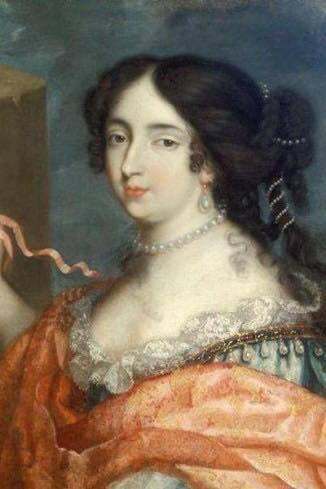
Françoise Scarron, who battled with her friend the Marquise de Montespan for the King’s soul

The Marquise de Montespan, lounging in her silken déshabillé at her chateau of Clagny

The glorious Porcelain Trianon of Versailles, built for the Marquise de Montespan
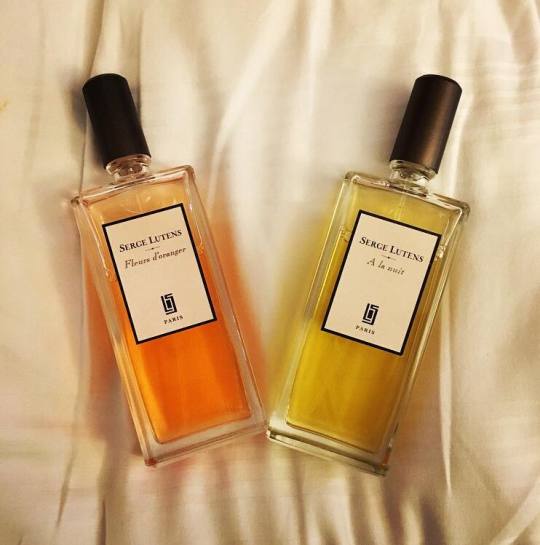
She grins, as she replaces the stopper. “Fleurs d’oranger, et jasmin de la nuit”, she smiles to herself as she returns to the gaming table. “With those, I need nothing else.”
#serge lutens#a la nuit#fleurs d'oranger#versailles#athenais#madame de montespan#athenais de montespan#francoise scarron#madame de maintenon#porcelain trianon#trianon#jasmine#orange blossom
11 notes
·
View notes
Text
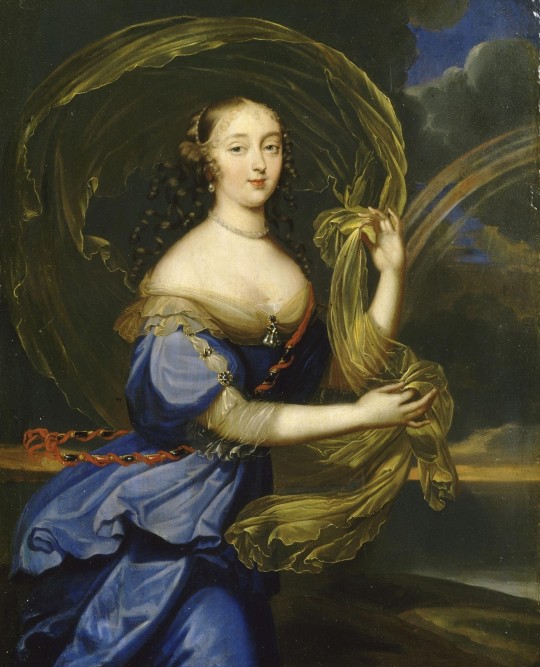
Okay, so if there's anyone I'm really hoping to see at some point in this new book, it's this lady right here: Françoise-Athénaïs de Rochechouart, Marquise de Montespan!
Or just Montespan for convenience's sake.
So I've mentioned two of the more well-known royal mistresses in general, but for Louis XIV specifically? Think of her as the Madame du Barry of her time in that she was (allegedly) involved in a great scandal that ended up affecting France for the worst. So, long story short, she resented María Teresa and Louise de La Vallière (his mistress at the time), manipulating them with friendship while trying to squirm her way into Louis' heart.
And if the rumors at the time are true, then she planned to keep it.
By any means necessary.
Because it was also around this time that the murders happened.
Guys, gals, and non-binary pals, introducing L'affaire des Poisons—the Affair of the Poisons.
A murder scandal that happened between 1677 and 1682, the event is as the name implies: several people were getting poisoned, including those belonging to the aristocracy. Montespan in particular came into suspicion not long after Marie Angélique de Scorailles, one of the King's other mistresses, suddenly died (it's now believed she died of natural causes, though). Her going to the alleged sorceress, fortune teller, and commissioned poisoner Catherine Monvoisin—also known as La Voisin—for things such as aphrodisiacs only helped condemn her further.
In the end, many were implicated and charged with poisoning and witchcraft and were sentenced to death, and it's been estimated that 1,000 to 2,500 people were killed through the organization that La Voisin (who was among the executed) had allegedly run, while Montespan herself was exiled.
Now, again, plenty of this is very alleged and history tends to be written by the winners, but I can totally see RC incorporating this event into the story in some way, if only for the sake of plot.
14 notes
·
View notes
Text
Athénaïs de Montespan, the malicious beauty.

From CANAL+ VERSAILLES/Alexandre Dumas
I. BASIC STATS
i. OTHER NAMES: Françoise-Athénaïs Rochechouart de Mortemart, Marquise of Montespan ii. MAIN PERIOD: 17th Century iii. PLACE OF BIRTH: Lussac-les-Châteaux, France iv. OCCUPATION(s): Noble; maîtresse-en-titre of Louis XIV v. RELIGION: Catholic vi. TERMS OF ADDRESS: “Madame de Montespan” vii. MUSE LEVEL: Low
II. PERSONALITY
Ambitious, hedonistic, flirtatious and charming, at least when she’s trying to get her way. Powerfully arrogant and extravagant, Athénaïs can be overwhelmingly demanding and expects people and things to meet her high standards. Her acid tongue has made many victims with her sharp, malicious remarks. Her first priority is her own pleasure, even to the detriment of other people.
Athénaïs values wealth, power, luxury and glamour.
III. MUSE-SPECIFIC POTENTIAL TRIGGERS
Mentions of rape, alcohol, pregnancy, child death, bullying and abuse.
IV. SKILLS & ABILITIES
Social intelligence. Music. Dancing. Horse riding. Strategic thinking.
V. INTERPRETATIONS OR CANON DIVERGENT POINTS
There might have been love between Athénaïs and Louis, or the closest thing to love which is available for a pair of narcissists, but in my interpretation her first interest was not in Louis the man, but Louis the king, who could afford her extravagances and indulge in her whims, giving her the best of everything.
VI. MUSE-SPECIFIC GUIDELINES
TBD.
VII. INTERACTIONS & BUILDING RELATIONSHIPS
Athénaïs is not the most likable person and she does not try to be. Her vanity and arrogance does not require that she be liked, instead she prefers to obtain a feeling of superiority with other people, most of the time. That said, she will be friendly if it suits her. She always acts out of interest, picking cleverly her allies and rivals.
Possible dynamics include, but are not limited to: rivalry, frenemies, manipulative, secretive, etc.
VIII. SHIPPING
The fact that Athénaïs is a hedonistic means that, among other pleasures, she loves flirting and sex, so if there is chemistry, she’s not a difficult character to ship with, but then again, romance and sweetness are unlikely.
Possible dynamics include, but are not limited to: advantageous, being mistress to someone with power and wealth, enemies to lovers, arranged marriages, toxic, etc.
IX. TAGS
General tag. Answered asks. Threads. Visage. Musings. Tunes.
#athénaïs: bio.#long post cw.#[expensive and glorious like the palace of versailles]: athénaïs de montespan
0 notes